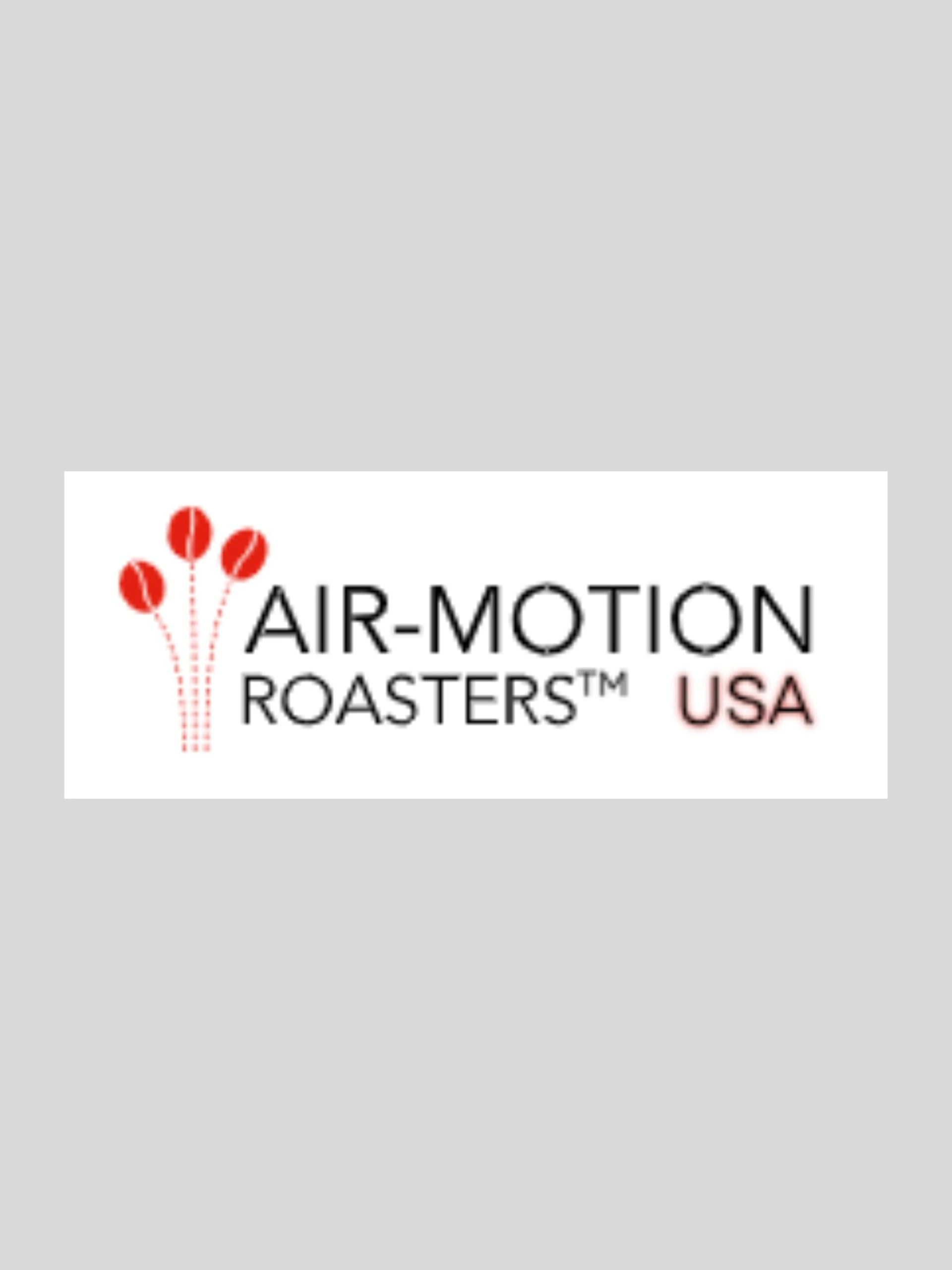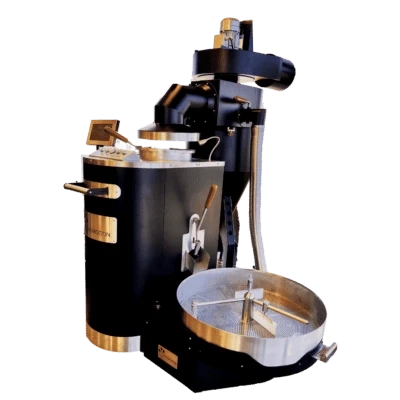“Good coffee is a pleasure. Great coffee is a decision.”
If you’ve ever wondered why some black coffee leaves you with a flat, bitter aftertaste, while another hits your senses with layered richness, the answer might not lie in the beans but in how they’re roasted, more specifically, in the hot air coffee roasting machine doing the job.
There’s a quiet shift happening in the world of coffee roasting. Gone are the days when drum roasting was the only serious option for cafes and small batch roasters. Today, hot air roasting is earning attention not just for efficiency but for its ability to control and refine flavor profiles with near-scientific accuracy.
Let’s break down why more roasters from passionate home brewers to large-scale operators are rethinking their roasting game.
What Exactly Is a Hot Air Coffee Roasting Machine?
Unlike traditional drum roasters that rely on conduction, heating the beans via contact with hot metal, hot air coffee roasting machines work through convection. This means the beans are suspended in a chamber of rapidly circulating hot air, which allows for a far more uniform roast.
There’s no scorching, no uneven exposure, and very little residue build-up. Beans are roasted more cleanly, and the chaff (outer skin of the bean) is whisked away quickly. That clean roast is exactly what translates to better tasting, brighter black coffee in the cup.
Why Black Coffee Lovers Notice the Difference
It’s often said that black coffee has nothing to hide behind. No cream. No sugar. No syrups. And that’s what makes the difference in roast so critical.
With black coffee air roasters, you’re not only minimizing bitterness, you’re letting the natural flavor notes of each origin shine through. Think of fruit-forward Ethiopian, chocolatey Brazils or nutty Central American roasts. All of that can be dulled or muddled by a weakly treated roast. But a hot air roast gives you a cleaner, crisper cup with noticeable clarity.
In taste tests, coffees roasted in air systems are often described as brighter, cleaner, and more consistent. The same bean profile roasted two different ways can taste drastically different depending on the machine used.
Is It Worth It for Commercial Use?
Absolutely. A hot air coffee roaster commercial setup might sound like a hefty investment, but many specialty roasters say it’s paid off tenfold.
Here’s why café owners are making the switch:
- Consistency across batches – No more guessing. The air roast method reduces margin of error.
- Better control – Precise heat application makes it easier to create consistent profiles customers come back for.
- Faster turnaround – Hot air systems often require less time to roast and cool beans properly.
- Cleaner operation – Less smoke, less bean residue-meaning easier maintenance with a lesser chance of roast contamination.
For coffee bars that depend on high volumes of consistent results, this method ceases to be a trend and is rather an accepted base standard.
Small Batch Roasting? It Works There Too
You don’t need to be running a multi-location café chain to benefit from this technology. In fact, many independent roasters swear by small-scale hot air models. With batch control, digital roast logs, and airflow adjustments, these machines make artisan roasting more accessible.
In hot air coffee roasting, the glory of the machine, as everyone knows, lies in the acutely precise roasting-anywhere-from-microscopic amounts of beans to somewhat larger sizes. At this level of control, local coffee shops or home roasters can more easily venture out to explore different turns of beans, roasting techniques and taste profile. They can get that wow cup every time.
How Flavor Control Really Works
Let’s get specific. What kind of control are we talking about?
- Temperature stability – Hot air keeps the temperature more even across all beans—less risk of over- or under-roasting.
- Roast profile programming – Many machines allow you to adjust curves and airflow mid-roast.
- Fast cooling cycle – Prevents beans from continuing to roast after the cycle ends (a common issue in drum machines).
That level of technical input results in a more predictable, balanced cup—something every café dreams of serving.
Should You Switch? A Roaster’s Gut Check
If you’re using a traditional drum system and struggling with inconsistencies, whether in color, surface oil, or post-roast bitterness, then yes, it might be time to rethink your roasting method. Coffee roasting machines might not be able to substitute all the traditional methods entirely but to the person who is in search of quality, with a tight control of it, provides a pleasant difference.
Consistency is key especially when we are talking about building customer trust. Weeks of loyalty can be wasted with just one bad cup.
Conclusion: Why Air Roasting Is Reshaping Coffee Flavor
At the heart of everything, a hot air coffee roasting machine does not simply roast coffee beans-and it is the highest level of control that bean roasters have; it offers increased flavor retention and repeatable procedures that customers experience with every sip.
Whether you are scaling up or are still small, this approach will set your brand apart in an industry whose reputation is built on flavor.
Interested in trying hot air roasting for yourself?
Choose what is Built for accuracy, designed for flavor, and backed by coffee specialists who understand what matters—taste.


